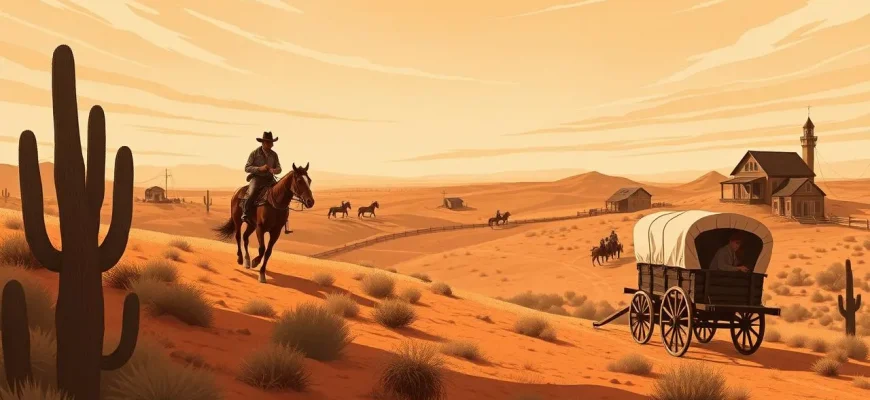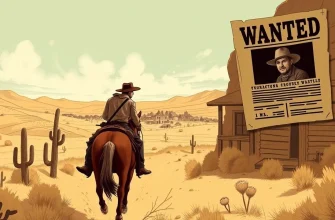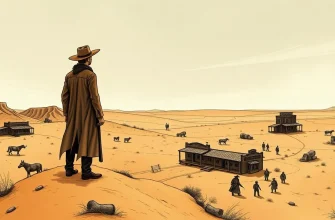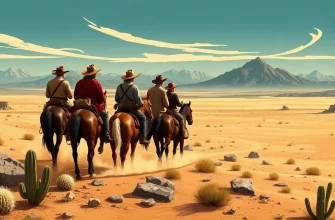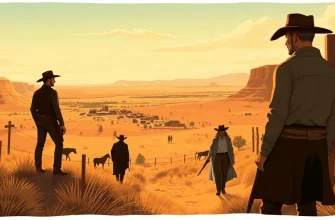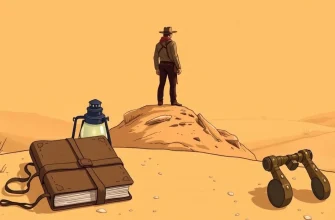The allure of the Wild West has captivated audiences for generations, and the theme of discovering new lands is a cornerstone of the genre. This collection of Western films showcases the spirit of adventure, the clash of cultures, and the harsh beauty of the American frontier. From epic tales of exploration to intimate stories of survival, these films offer a rich tapestry of human experience set against the backdrop of uncharted territories. Whether you're a seasoned fan of Westerns or new to the genre, this selection provides a cinematic journey through the landscapes that shaped America's history.
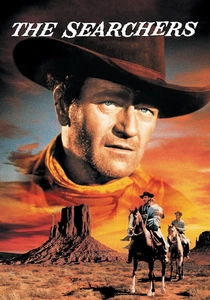
The Searchers (1956)
Description: John Ford's masterpiece follows Ethan Edwards, a Civil War veteran, on a quest to rescue his niece from Comanche kidnappers, exploring themes of revenge, racism, and the myth of the West.
Fact: The film was shot in Monument Valley, which became synonymous with Westerns. John Wayne's character is considered one of his most complex roles.
 Watch Now
Watch Now
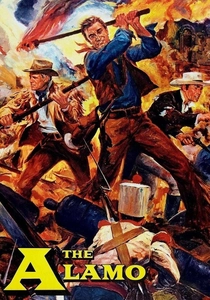
The Alamo (1960)
Description: John Wayne's directorial debut recounts the legendary battle at the Alamo, where Texan defenders made their last stand against Mexican forces.
Fact: Wayne mortgaged his own home to finance the film, showing his dedication to the project.
 Watch Now
Watch Now

How the West Was Won (1962)
Description: This epic saga spans several decades, following a family's journey westward, capturing the expansion of the American frontier through multiple interconnected stories.
Fact: The film was shot in Cinerama, a widescreen process, to give viewers an immersive experience of the vast landscapes.
 Watch Now
Watch Now

The Man Who Shot Liberty Valance (1962)
Description: This film examines the myth-making of the West through the story of a lawyer who becomes a hero after a confrontation with an outlaw.
Fact: The film famously ends with the line, "When the legend becomes fact, print the legend."
 Watch Now
Watch Now

The Great Sioux Massacre (1965)
Description: This film recounts the events leading up to the Battle of the Little Bighorn, focusing on the controversial figure of General Custer.
Fact: The film was one of the first to portray Custer in a less heroic light, challenging the traditional narrative.
 Watch Now
Watch Now
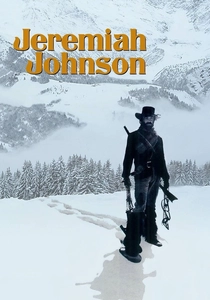
Jeremiah Johnson (1972)
Description: Robert Redford stars as a mountain man who seeks solitude in the Rockies but finds himself embroiled in the conflicts between settlers and Native Americans.
Fact: The film was inspired by the real-life story of John Johnson, a trapper who lived in the 19th century.
 Watch Now
Watch Now
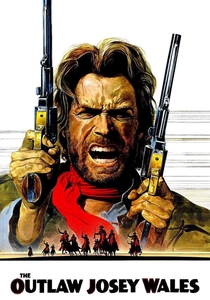
The Outlaw Josey Wales (1976)
Description: Clint Eastwood stars as a Confederate soldier turned outlaw, seeking revenge and finding a new community in the untamed West.
Fact: The film was one of the first to explore the moral ambiguity of the Civil War from a Southern perspective.
 Watch Now
Watch Now

The Big Sky (1952)
Description: This film follows a group of fur trappers on a perilous journey up the Missouri River, highlighting the clash between civilization and wilderness.
Fact: The film was adapted from A.B. Guthrie Jr.'s novel, which won the Pulitzer Prize for Fiction.
 30 Days Free
30 Days Free
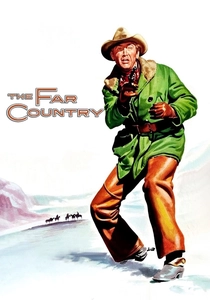
The Far Country (1954)
Description: James Stewart plays a cattle driver who journeys to the Yukon Gold Rush, facing lawlessness and personal challenges in the quest for a new life.
Fact: The film was shot in Jasper National Park, Canada, providing a stunning backdrop for the story.
 30 Days Free
30 Days Free

The Last Wagon (1956)
Description: Richard Widmark plays a white man raised by Comanches who must lead a group of settlers through hostile territory after their wagon train is attacked.
Fact: The film was shot in the rugged terrain of Sedona, Arizona, enhancing its authenticity.
 30 Days Free
30 Days Free

